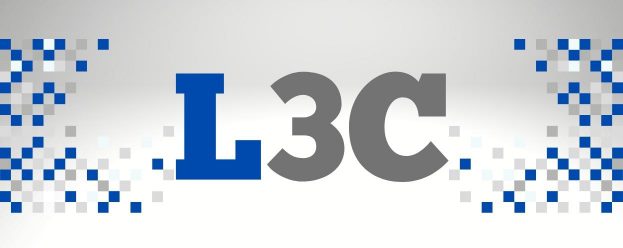27th Mar 2012

Estimated reading time: 3 minutes
Michigan’s New Business Hybrid Offers Benefits of Non-Profit Status with Reduced Regulatory Structure.
Michigan is one of only six states that currently offers a new, legal form of business entity: the low-profit limited liability company, or L3C. The new structure is gaining momentum nationwide, yet many have never heard of the advantages afforded by this hybrid between a non-profit and for-profit venture. The designation was created in Michigan in 2009 to help spur business and advance socially beneficial ventures.
Designed specifically to bridge the gap between for-profit and charitable sectors, the L3C is similar to a traditional limited liability corporation, or LLC. However, its primary purpose is not to make a profit, but to achieve a socially beneficial objective. (Though making a profit is allowed.) The L3C must follow these requirements:

- The company must “significantly further the accomplishment of one or more charitable or educational purposes,” and would not have been formed but for its relationship to the accomplishment of such purpose(s)
- “No significant purpose of the company is the production of income or the appreciation of property” (though the company is permitted to earn a profit); and
- The company must not be organized “to accomplish any political or legislative purposes.”
Importantly, these three requirements closely mirror those of the IRS rules for “Program Related Investments,” making L3C businesses eligible to receive PRIs – a distinct advantage designed to spur economic growth. However, L3C entities do not qualify as charities and therefore are not exempt from taxes, nor are investments in an L3C tax deductible, as they would be for a 501c3 non-profit.
The L3C legal structure
The L3C legal structure is similar to the LLC in many ways:
- The L3C offers a flexible ownership structure, wherein each member’s management responsibility and financial stake may vary according to individual needs.
- The L3C’s members enjoy limited liability for the actions and debts of the company.
- The L3C is classified as a “pass-through entity” for federal tax purposes, like a partnership or sole proprietorship, so no federal income tax is imposed on the L3C itself.
Of the many advantages an L3C offers, perhaps the most attractive is that it offers the operating efficiencies of a for-profit along with a reduced regulatory structure. As an LLC, it can bring together foundations, trusts, endowment funds, pension funds, individuals, corporations, other for-profits and government entities into an organization designed to achieve social objectives while also operating according to for-profit metrics. Importantly, a foundation or business owner retains ownership and management rights, as opposed to the board-managed, non-profit operating status requirements.
What types of businesses would best qualify as an L3C? It may provide a new structure for museums, concert halls, recreational facilities and the hundreds of thousands of nonprofits that perform service for the government under contract. It may possibly help the flagging newspaper industry as well, as the designation is tested under this arrangement.
Related Links


